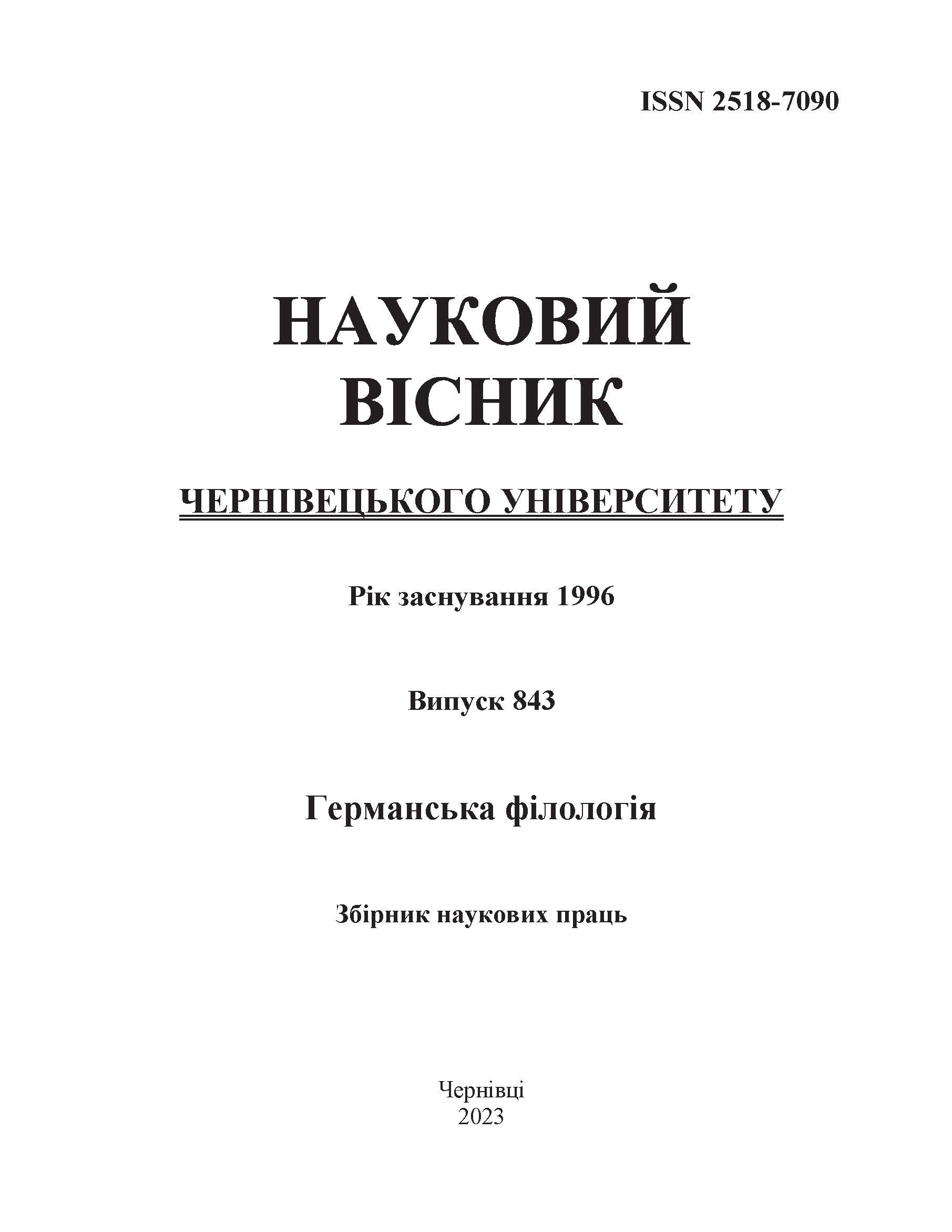СЕМАНТИЧНІ ХАРАКТЕРИСТИКИ ТОПОНІМІВ НІМЕЧЧИНИ
DOI:
https://doi.org/10.31861/gph2023.843.36-46Ключові слова:
топонімія, топонімічні одиниці, ойконіми, гідроніми, ороніми, німецька моваАнотація
Стаття присвячена таксономічному дослідженню топонімів на основі семантичної й етимологічної інформації. Топонім – це слово або словосполучення, що вживається для позначення або ідентифікації географічного місця. Метою дослідження є комплексний опис топонімічної системи німецької мови на широкому типологічному тлі. Об’єктом дослідження є топонімія, локалізована в сучасних кордонах Німеччини. Предметом наукового розгляду є семантичні та лінгвокультурні особливості німецьких топонімів.
Німецькомовна топонімія описується як підсистема в загальній системі мови. Топоніміка поділяє географічні назви на дві великі категорії: назви населених пунктів і назви об’єктів. Назви населених пунктів позначають заселену місцевість і зазвичай датуються часом заснування населеного пункту. Назви об’єктів стосуються природних або фізичних особливостей ландшафту і поділяються на гідроніми (водні об’єкти), ороніми (об’єкти рельєфу) та місця зростання природної рослинності (луки, галявини, гаї).
Системність топоніміки випливає з визнання мови як системи з відповідними структурами i внутрішніми зв'язками. Топонімічна система є частиною загальної мовної системи, при цьому вона є об'єктом-системою вищого рангу стосовно систем нижчого рангу (гідронімічної, ойконімічної, оронімічної тощо).
Вибір потенційних топонімів для номінації географічних об’єктів визначається фізико-географічним середовищем s соціальними умовами, що призводить до прояву компресії q мінімізації мовних засобів, які вживаються в топонімічній системі певної території. Усі типи топонімічної деривації ґрунтуються на асоціативній природі людського мислення. Мовці встановлюють асоціації за суміжністю, переосмислюючи значення, тому топонімічні деривати суттєво відрізняються за семантикою від вихідних одиниць.







